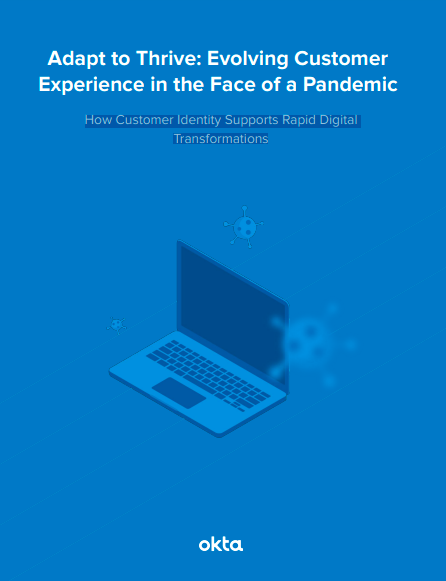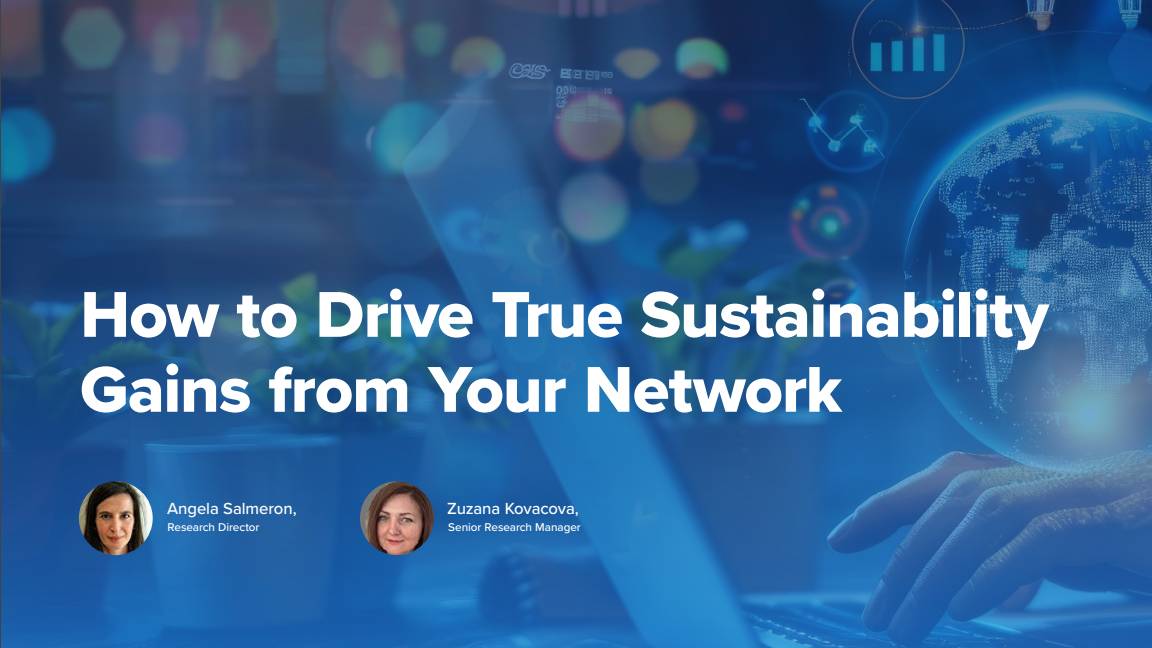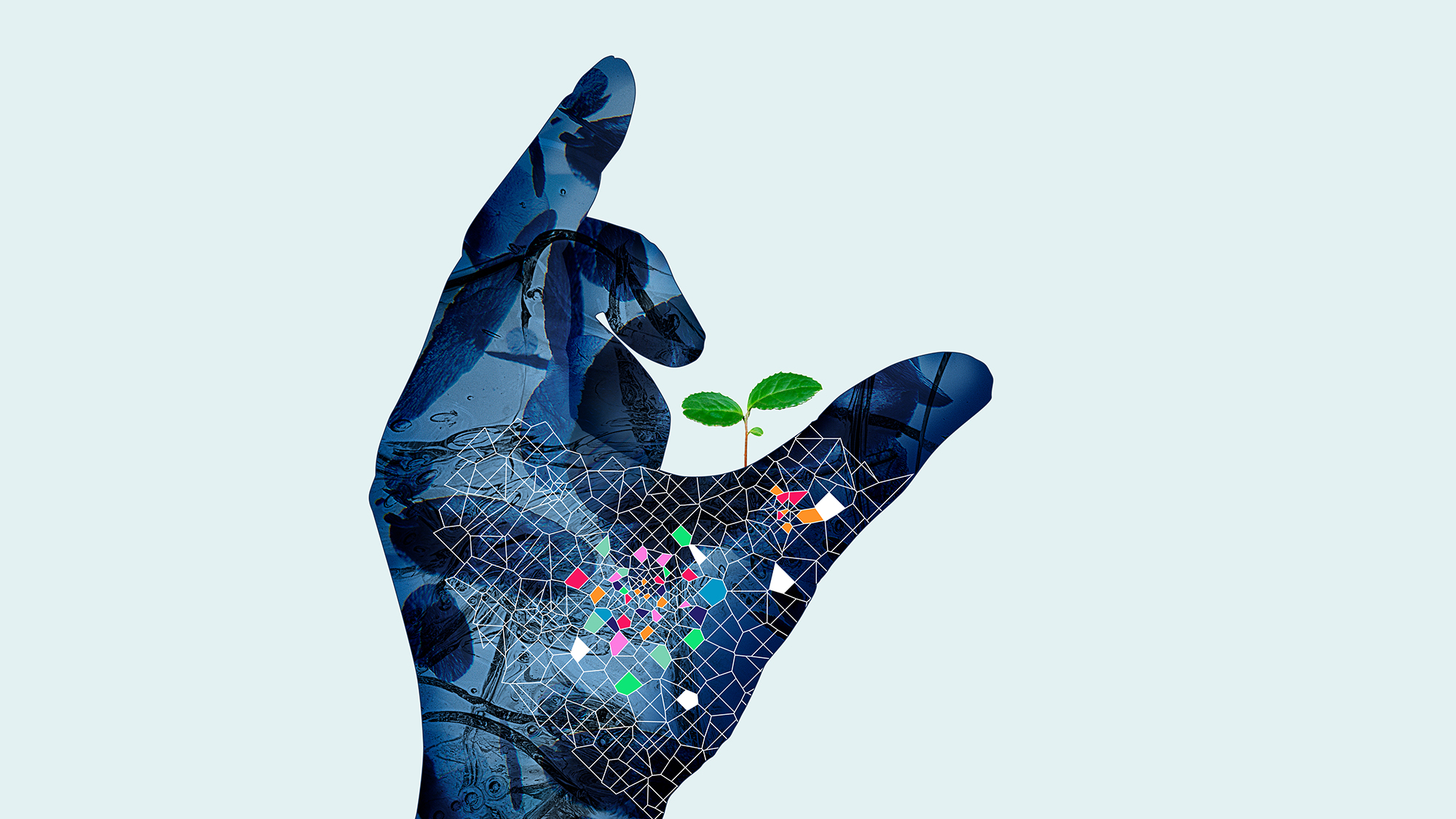Pandemic-fueled e-commerce growth is here to stay
Adobe report reveals that online shoppers in the have spent an extra $183 billion since March 2020


E-commerce spending in the US got a massive boost from the pandemic, and much of that growth is here to stay, according to Adobe's Digital Economy Index (DEI).
Online shoppers have spent an extra $183 billion since March 2020 to a total of $844 billion as of February 2021, the company said in its report.
Online spending grew the most in the pandemic’s early days, spiking to 80% year-on-year (YoY) last May. The growth continued at a reduced pace throughout the year, creating a total spending increase of 42% YoY in 2020. That has continued into 2021, with January and February seeing a 34% increase in e-commerce spending.
According to the report, while the spending increases are likely to drop going forward, YoY e-commerce growth is “here to stay.”
This increase in e-commerce spending came partly from consumers who rarely shopped online before. Adobe's survey found that 47% of consumers had never bought certain types of items before, while 9% report never purchasing an item online at all before March 2020.
The increase in spending has affected supplies, with online retailers rapidly running out of stock beginning in March last year. That peaked in July, with out-of-stock products reaching three times the pre-pandemic average, and spiked again in January, this time to four times pre-pandemic levels.
Supply and demand fluctuations also contributed to an uptick in prices. The DEI measures digital purchasing power, which indicates how much Americans can buy online with a dollar. It fell 1% YoY during the pandemic.
Sign up today and you will receive a free copy of our Future Focus 2025 report - the leading guidance on AI, cybersecurity and other IT challenges as per 700+ senior executives
Groceries saw the heaviest price increases, with Adobe reporting a 4.2% increase between January 2020 and January 2021. Home goods prices rose 3.9%. According to the report, the price of nonprescription drugs also rose, as did flowers and related gifts.
These increases only pushed digital purchasing power (DPP) down by 1% because prices in many other product categories were still dropping, albeit by a smaller amount. For example, electronics prices dropped 2.2% YoY in 2021 compared to 10.4% in 2019.
RELATED RESOURCE

Adapt to thrive: Evolving customer experience in the face of a pandemic
How customer identity supports rapid digital transformations
The pandemic has also shifted buying patterns despite those price increases, the report suggested. Online grocery shopping spiked 350% as the pandemic struck in March and 230% more people were still shopping for groceries online last month compared to pre-pandemic levels. Other popular categories include home improvements, crafts, games, and books, as people struggled to cope with lockdown conditions.
People have also changed how they collect their goods, with curbside pickup or buy online and pickup in-store (BOPIS) becoming popular to avoid shipping delays. Almost a third (30%) of online consumers prefer to use one of these methods instead of home delivery.
The DEI is the first such report from Adobe that combined analytics from its own products with consumer surveys. It analyzed one trillion visits to retail sites using Adobe Analytics and surveyed 1,018 US consumers at the end of February 2021.
Large e-commerce retailers have made extraordinary gains from the pandemic — Amazon's profits soared 51% in 2020.
Danny Bradbury has been a print journalist specialising in technology since 1989 and a freelance writer since 1994. He has written for national publications on both sides of the Atlantic and has won awards for his investigative cybersecurity journalism work and his arts and culture writing.
Danny writes about many different technology issues for audiences ranging from consumers through to software developers and CIOs. He also ghostwrites articles for many C-suite business executives in the technology sector and has worked as a presenter for multiple webinars and podcasts.
-
 Trump's AI executive order could leave US in a 'regulatory vacuum'
Trump's AI executive order could leave US in a 'regulatory vacuum'News Citing a "patchwork of 50 different regulatory regimes" and "ideological bias", President Trump wants rules to be set at a federal level
-
 TPUs: Google's home advantage
TPUs: Google's home advantageITPro Podcast How does TPU v7 stack up against Nvidia's latest chips – and can Google scale AI using only its own supply?
-
 UK firms are pouring money into AI, but they won’t see a return on investment unless they address these key issues
UK firms are pouring money into AI, but they won’t see a return on investment unless they address these key issuesNews An SAP report projects increased AI investment, but cautions that too many organizations are taking a fragmented approach
-
 Optimise CX and accelerate business growth through your voice network
Optimise CX and accelerate business growth through your voice networkwhitepaper Protecting the human experience in a digital world
-
 Enterprises are doubling down on IT optimization strategies – and it’s delivering huge financial returns
Enterprises are doubling down on IT optimization strategies – and it’s delivering huge financial returnsNews Organizations that have cracked IT cost optimization and innovation reap the rewards both financially and in terms of time to market.
-
 IDC InfoBrief: Sustainability doesn’t need to be all stick and no carrot
IDC InfoBrief: Sustainability doesn’t need to be all stick and no carrotwhitepaper CIOs are facing two conflicting strategic imperatives
-
 How to empower employees to accelerate emissions reduction
How to empower employees to accelerate emissions reductionin depth With ICT accounting for as much as 3% of global carbon emissions, the same as aviation, the industry needs to increase emissions reduction
-
 The Forrester Wave™: API management solutions
The Forrester Wave™: API management solutionsWhitepaper The 15 providers that matter the most and how they stack up
-
 Former TSB CIO fined £81,000 for botched IT migration
Former TSB CIO fined £81,000 for botched IT migrationNews It’s the first penalty imposed on an individual involved in the infamous migration project
-
 Schneider Electric unveils its first e-commerce partner program
Schneider Electric unveils its first e-commerce partner programNews Partners will be assigned a dedicated Schneider expert to aid strategy development
